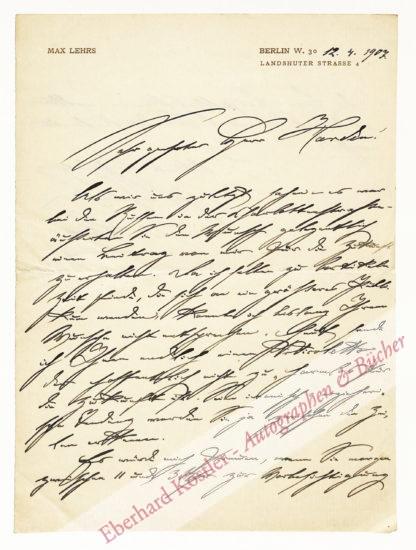
Bosch appears never to have designed for the medium, and in part for this reason the many prints bearing his name have received little attention in past scholarship. This article addresses a neglected aspect of Bosch’s posthumous reception: the production of his legacy in print. Pieter van der Heyden (after Pieter Bruegel the Elder), Big Fish Eat Little Fish (1557), engraving, 23 x 30 cm.

4 The countless adaptations after Bosch’s inventions, many of them falsely inscribed with his autograph, blurred the line between the works of the artist himself and those created by his followers.

3 Felipe de Guevara, who witnessed the covetous demand for Bosch’s paintings at the court of Spain, lamented in his Commentaries on Painting (ca. 1560) that misconceptions about the artist abounded as a result of all the “monstrosities” attributed to his name. The immense popularity of his works both within the Low Countries and across Europe fueled a vigorous “Boschian” afterlife already evident in the 1520s, when paintings that riffed on Bosch’s imagery appeared on the flourishing art market in Antwerp, the largest metropolis in the 16th-century Netherlands. 2 In the wake of Bosch’s death, however, his legacy was reimagined and expanded into a veritable brand. His family name was van Aken, but he signed his works with the name of his hometown, ’s-Hertogenbosch (also known as Den Bosch), thus tethering his creative production to his place of birth. 1450–1516) eludes such easy characterization.
.jpg)
Yet the Netherlandish painter Hieronymus Bosch (c. Nobody had looked so deeply into the recesses of hell before, or painted them so well, as the 16th-century scholar Dominicus Lampsonius proclaimed in a poem and accompanying portrait honoring the artist’s legacy (Fig. The mere mention of “Bosch” conjures images of hybrid creatures, saints in torment and acts of human debauchery. Cornelis Cort, The Painter Hieronymus Bosch, in Pictorum aliquot celebrium Germaniae inferioris effigies (1572), engraving, 18.6 x 12.2 cm.


 0 kommentar(er)
0 kommentar(er)
